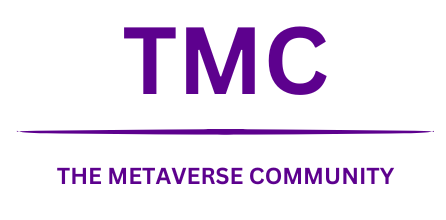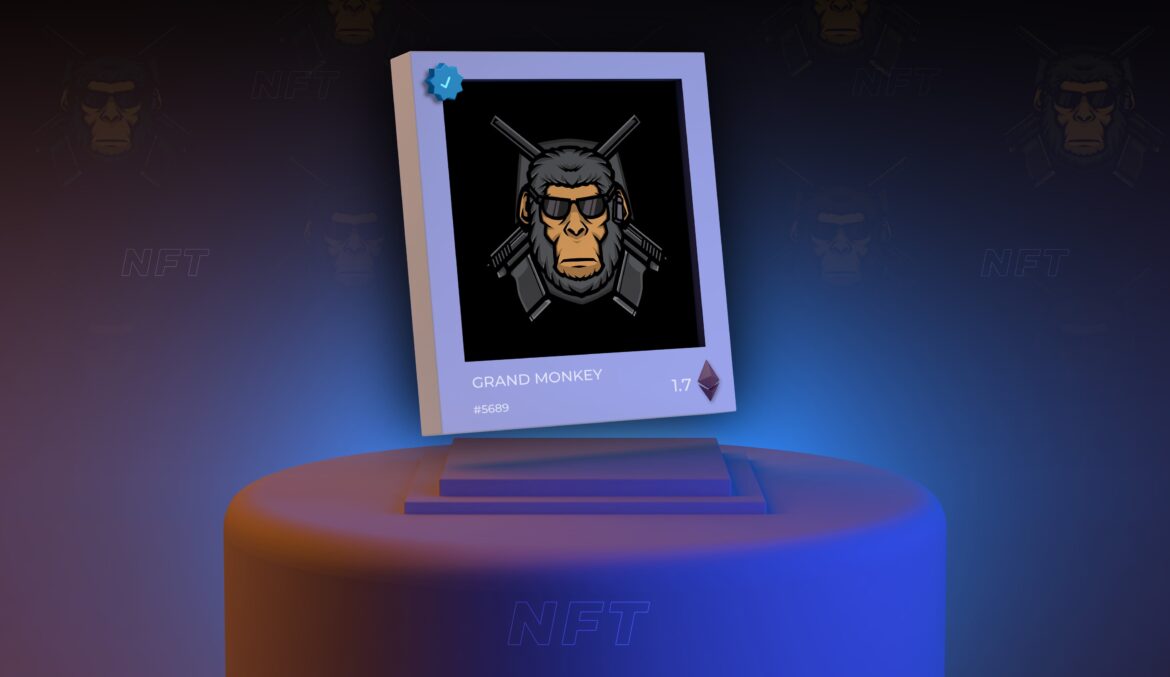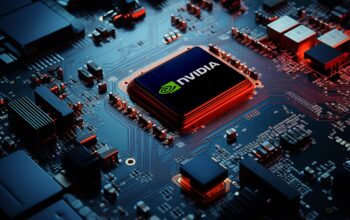What are NFTs?
NFTs, or non-fungible tokens, are unique digital assets that represent ownership of a specific item or piece of content. Unlike cryptocurrencies like Bitcoin, which are fungible and interchangeable, each NFT is one-of-a-kind and cannot be replaced with something else. They can represent anything digital, such as art, music, videos, collectibles, or even virtual real estate.
The technology behind NFTs lies in the blockchain, a decentralized digital ledger that securely records transactions and ownership information. Each NFT is assigned a unique identifier and metadata that distinguishes it from others, making it verifiable and traceable. The blockchain ensures the authenticity and scarcity of NFTs, creating a new paradigm for digital ownership and creating value in the digital world.
The Technology Behind NFTs and Their Key Characteristics
At the heart of NFTs lies blockchain technology, a decentralized digital ledger that ensures the security and immutability of data. While various blockchains can support NFTs, Ethereum has emerged as the most popular platform for creating and trading them. Ethereum’s blockchain allows for the creation of smart contracts, self-executing agreements with the terms of the NFT sale directly written into code. These smart contracts facilitate the secure transfer of ownership and automate royalty payments to creators, revolutionizing the way artists and creators interact with their audiences.
Bitcoin, the first and most well-known cryptocurrency, paved the way for blockchain technology. However, Bitcoin’s blockchain primarily focuses on fungible tokens, meaning each Bitcoin is interchangeable with another. Ethereum, on the other hand, introduced the concept of non-fungible tokens with its ERC-721 standard, enabling the creation of unique digital assets like NFTs. Other blockchains have followed suit, offering their own NFT standards and capabilities.
To interact with NFTs, users need a crypto wallet, a digital tool that securely stores the private keys necessary to prove ownership and manage transactions. Crypto wallets allow users to buy, sell, and trade NFTs on various marketplaces, and they also provide a way to view and interact with their NFT collections.
Key NFT characteristics that distinguish them from other digital assets include:
Ownership: Each NFT has a verifiable owner, recorded on the blockchain. This ownership can be transferred, sold, or traded, providing a new way to establish provenance and authenticity for digital items.
Uniqueness: Each NFT is unique and cannot be replicated or replaced, guaranteeing its scarcity and potential value. Even if multiple copies of a digital item exist, each NFT representing it is distinct and holds its own value.
Indivisibility: NFTs cannot be divided into smaller units like traditional currencies or fungible tokens. They are indivisible assets that represent the entire item or piece of content.
Programmability: Smart contracts associated with NFTs allow for the inclusion of specific rules and conditions, such as royalty payments to creators or unlockable content, adding an extra layer of functionality and utility to the digital asset.
While NFTs can be associated with various forms of digital content, their most prominent use case has been in the art world, where digital artists have found a new way to monetize their work and establish verifiable ownership. However, the concept of NFTs extends far beyond art, with potential applications in gaming, music, collectibles, and even real-world assets like real estate.
Who’s Involved?
NFTs have opened a new realm of possibilities for artists and creators, providing a direct channel to connect with their audience and monetize their digital creations. Artists can tokenize their art, musicians can sell limited edition tracks, and game developers can offer unique in-game items as NFTs. This direct interaction allows creators to retain control over their work, set their own prices, and even receive royalties on secondary sales, fostering a more sustainable and rewarding environment for creative endeavors.
Collectors, on the other hand, are drawn to the allure of owning unique and verifiable digital assets. NFTs offer a sense of exclusivity and ownership that is unmatched by traditional digital files. Whether it’s collecting rare digital art, owning a piece of virtual land, or acquiring a limited edition music track, collectors are eager to participate in this new digital economy and showcase their unique collections.
Investors see NFTs as a new asset class with high growth potential. The scarcity and uniqueness of NFTs make them attractive investment opportunities, with some NFTs appreciating in value significantly over time. Investing in NFTs requires careful research and due diligence, as the market can be volatile, but the potential for high returns has attracted both seasoned and novice investors alike.
Where Are NFTs Sold?
The NFT market is primarily facilitated through online marketplaces and platforms that cater to different niches and interests. Some of the most popular NFT marketplaces include:
OpenSea: The largest and most diverse NFT marketplace, offering a wide range of digital assets from art to collectibles to virtual real estate.
Rarible: A community-owned platform that allows creators to mint and sell NFTs, with a focus on art and collectibles.
SuperRare: A curated platform that showcases high-quality digital art from established and emerging artists.
Foundation: A platform dedicated to digital art, with a focus on empowering creators and fostering a thriving community.
Nifty Gateway: A platform known for hosting exclusive NFT drops from renowned artists and brands.
Beyond these dedicated marketplaces, NFTs have also found their way into traditional auction houses like Christie’s, where digital art NFTs have fetched millions of dollars. This crossover between the traditional art world and the digital realm signifies the growing acceptance and recognition of NFTs as a legitimate art form and investment vehicle.
What’s Being Sold?
The diversity of NFTs is as vast as the digital world itself. Here’s a glimpse of what’s being sold in the NFT market:
Art: Digital art has been the most popular category of NFTs, with artists selling paintings, illustrations, animations, and even generative art that evolves over time.
Collectibles: Digital collectibles, such as CryptoPunks, Bored Ape Yacht Club, and NBA Top Shot, have captured the attention of collectors and investors, with some selling for millions of dollars.
Games: In-game items, characters, and virtual land in blockchain-based games like Axie Infinity and Decentraland have become highly sought-after NFTs.
Music: Musicians are releasing limited edition tracks, albums, and even virtual concert tickets as NFTs, providing unique experiences and exclusive access to their fans.
Videos: Unique video clips, highlights, and even full-length movies are being sold as NFTs, often with special features or unlockable content.
Trading cards: Digital versions of traditional trading cards, featuring athletes, celebrities, and other cultural icons, have found a new home in the NFT market.
Real Estate: Virtual real estate in metaverse platforms like Decentraland and The Sandbox has become a hot commodity, with investors buying and developing virtual land for various purposes.
NFTs in Action
The rise of NFTs has given rise to new and exciting use cases beyond art and collectibles. NFTs are being used to:
Create fan communities: NFTs can grant holders access to exclusive communities, events, and experiences, fostering a deeper connection between creators and their fans.
Fundraise for charitable causes: NFTs are being used to raise funds for various social and environmental causes, leveraging the power of blockchain technology to create transparent and accountable donation systems.
Tokenize real-world assets: The potential of NFTs to represent ownership of real-world assets like real estate, luxury goods, and even intellectual property is being explored, potentially revolutionizing traditional industries.
The NFT market is still in its early stages, but it has already shown immense potential for innovation and disruption. As the technology evolves and new use cases emerge, NFTs are poised to shape the future of digital ownership and transform the way we interact with digital content.
NFTs in Action: From Nyan Cat to Beeple and Beyond
The NFT boom has been marked by several high-profile sales and viral sensations that have captured the public’s imagination. The Nyan Cat meme, a beloved internet relic, was sold as an NFT for a staggering $590,000, demonstrating the value that collectors place on digital nostalgia and cultural significance.
Digital artist Beeple’s “Everydays: The First 5000 Days,” a collage of 5,000 digital artworks created over 13 years, made history as the first purely NFT artwork to be auctioned at Christie’s, selling for a record-breaking $69.3 million. This sale cemented the legitimacy of NFTs in the art world and sparked a frenzy of interest in the burgeoning market.
The popularity of NFTs has led to a surge in sales volume and a massive influx of money into the market. Digital art, collectibles, and virtual real estate are among the most sought-after categories, with some NFTs selling for millions of dollars. This newfound wealth has created opportunities for artists, creators, and investors, but it has also raised concerns about market speculation, sustainability, and accessibility.
NFT marketplaces and platforms have facilitated the exchange and trading of these digital assets, providing a global platform for creators and collectors to connect and transact. However, the rapid growth of the market has also brought challenges, such as the environmental impact of blockchain technology, copyright and intellectual property issues, and the potential for fraudulent activity.
Potential Issues and Considerations
As the NFT market continues to evolve, several key issues and considerations need to be addressed to ensure its long-term viability and sustainability. These include:
Environmental Impact: The energy consumption associated with blockchain technology, particularly Ethereum’s proof-of-work consensus mechanism, has raised concerns about the environmental footprint of NFTs. However, efforts are underway to transition to more energy-efficient alternatives like proof-of-stake.
Copyright and Intellectual Property: The ease of creating and distributing NFTs has raised questions about copyright infringement and ownership rights. Clear guidelines and legal frameworks are needed to protect both creators and buyers.
Market Volatility: The NFT market is known for its volatility, with prices fluctuating rapidly based on trends and speculation. This can pose risks for investors and creators, who need to carefully assess the market conditions and potential risks before entering.
Accessibility: The high cost of some NFTs and the technical complexity of the market can create barriers to entry for many potential participants. Efforts are underway to make NFTs more accessible and inclusive, but challenges remain.
Despite these challenges, the potential of NFTs to revolutionize digital ownership, empower creators, and create new economic opportunities is undeniable. As the technology matures and regulations evolve, the NFT market is poised for further growth and innovation, shaping the future of digital assets and the creative economy.




